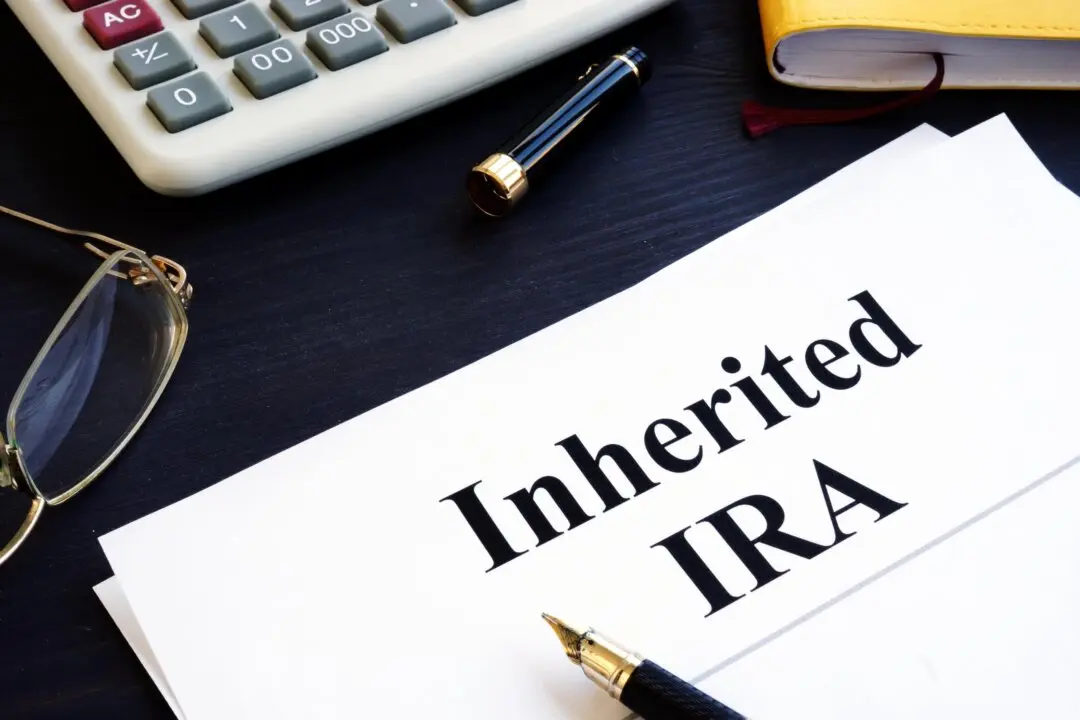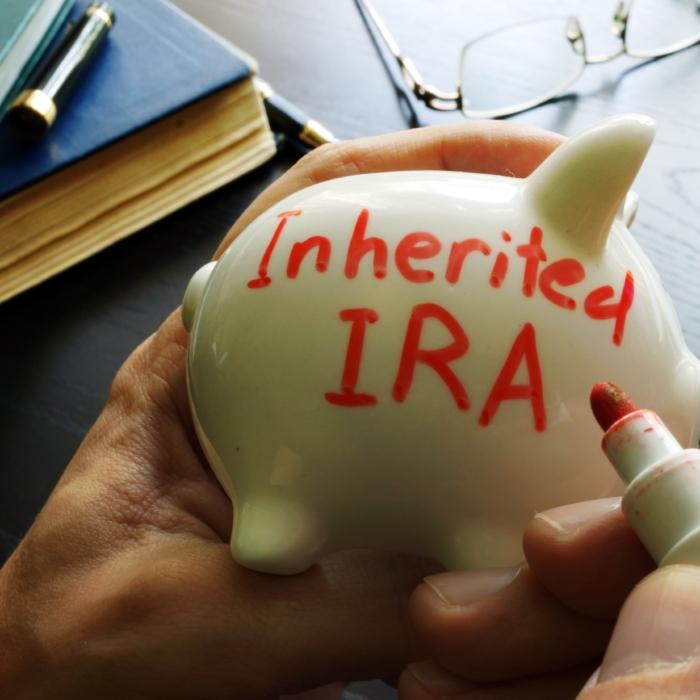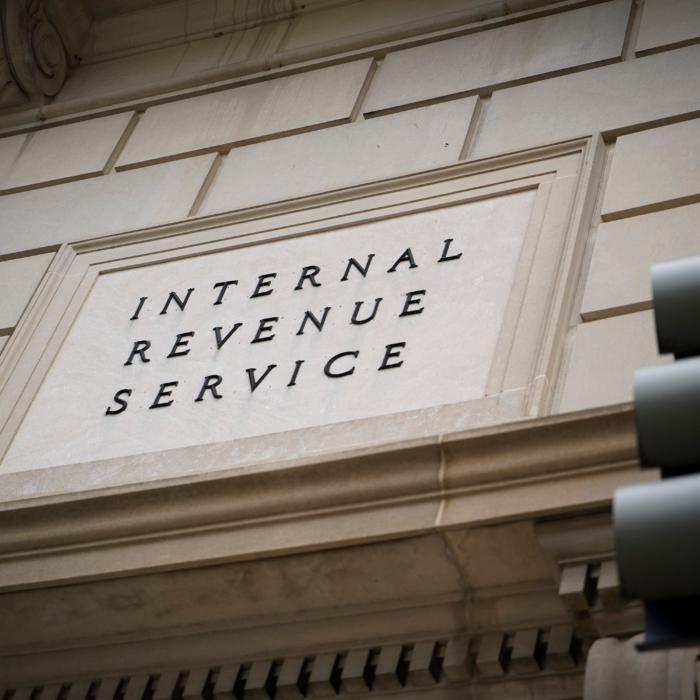Beneficiaries of traditional individual retirement accounts (IRAs) have always had to pay taxes on inherited accounts, but before 2020, you could minimize the tax bill by extending withdrawals over your life expectancy.
The 10-year rule also applies to inherited Roth IRAs, but with an important difference: You are not required to pay taxes on the withdrawals, and you don’t have to take required minimum distributions (RMDs) because the original owner didn’t have to take them, either.
Initially, tax experts and financial planners believed that non-spouse heirs who inherited a traditional IRA would be in compliance with the law as long as they depleted the account in 10 years. However, guidance issued by the Internal Revenue Service (IRS) in February 2022 torpedoed that strategy for some heirs.
If your parent died before he or she was required to take minimum distributions, you can withdraw the money at any time, in any amount you choose, as long as the account is depleted in year 10. But under the IRS interpretation of the SECURE Act, if your parent died on or after the date he or she was required to take minimum distributions, you must take RMDs based on your life expectancy in years one through nine and deplete the balance in year 10. Basically, once the original owner has started taking RMDs, you can’t turn them off, says Ed Slott, founder of IRAhelp.com, although the IRS doesn’t require you to withdraw the same amount as your parent would have been required to withdraw.
In response to confusion about the proposed rules, the IRS waived penalties for RMDs that should have been taken from inherited IRAs in tax years 2021 and 2022, and in July the IRS extended that relief for tax year 2023. However, you may be required to start taking distributions in 2024, so it’s not too soon to plan. The penalty for missing a distribution is 25 percent of the amount you should have withdrawn. (The penalty will be reduced to 10 percent if you make up the missed RMD within two years.)









